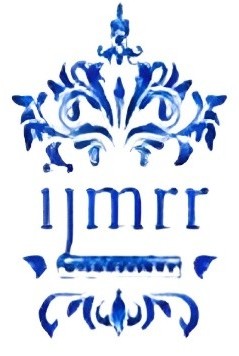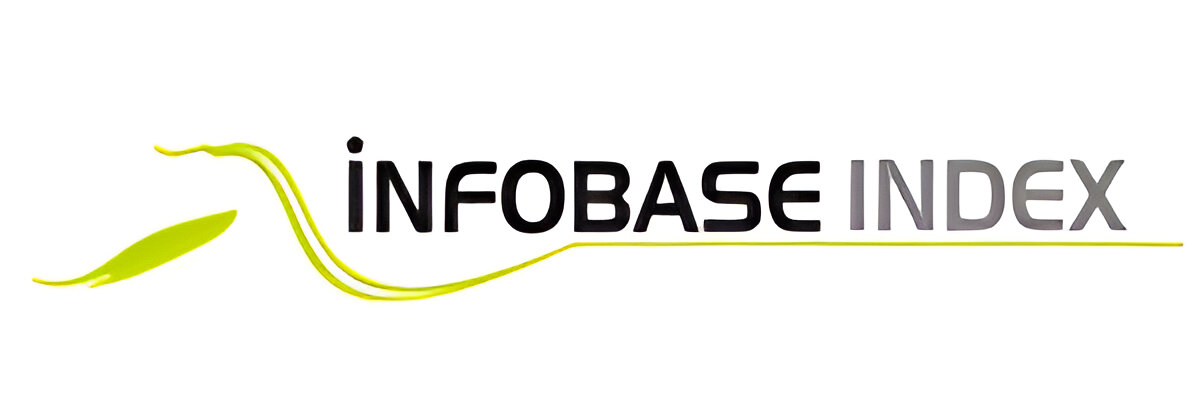Effects Of Dietary Energy, Protein Levels And Their Interactions On Growth, Utilization Efficiencies And Body Composition Of A Catfish, Clarias Gariepinus (Burchell 1822).
Abstract
Fingerlings of Clarias gariepinus (Burchell, 1822) were fed with semi-purified diets containing three levels of crude protein (25, 40 and 45%) and two levels of metabolizable energy (360.8 kcal/100g and 406.7 kcal/100 g) at each protein level, over a period of three weeks feeding trial which was conducted in flow-through troughs at a temperature of 26 ± 1° C. This experiment was conducted for evaluating the effect of dietary energy and protein on growth, utilization efficiencies and proximate composition of fish. Growth of fish in terms of live weight gain (%), increased with increasing dietary protein at both the energy levels and at each protein levels. Growth rate was reduced with increase in energy density of the diet. Specific Growth Rate (SGR %) exhibited a linear negative correlation with E/P ratio within isocaloric diets. Mean feed consumption, Feed Conversion Ratio (FCR), protein efficiency ratio (PER), protein productive value (PPV) and energy conversion efficiency (ECE) were influenced both by dietary energy and protein level in the diets within isocaloric diets. PER and PPV exhibited a positive relation, whereas FCR and ECE showed an increased correlation with E/P ratios. Carcass composition was influenced by both dietary energy and protein. This study indicates that for optimum growth and better feed conversion practical diets for C. gariepinus fingerlings should contain 45% crude protein and 360.5 kca1/100g energy.











